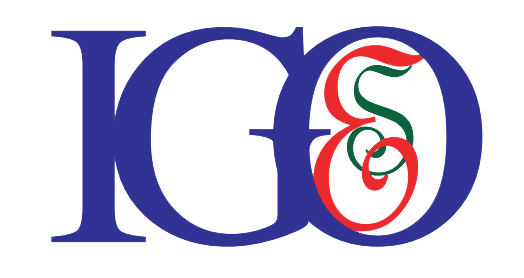While high performance teams are the drivers of success in an organization, building such teams can be elusive. Simply assembling extraordinarily skilled individuals to have a high-performance team is not necessarily a recipe for success. Many a team of very bright individuals often underperform to their potential and might even underperform compared to a team with members of average skills.
The explanation resides with a critical element responsible for team performance called “collective intelligence” (see articles in the reference section) and defined as groups of individuals acting collectively in ways that support the goal of the team.
Collective intelligence does not appear to be significantly correlated to the average individual intelligence in the group and a very high collective intelligence does not mean that a group of very intelligent people came together.
According to Thomas W. Malone three factors significantly impact collective intelligence: Social perceptiveness, equal communication and distributed work contribution. Following is a pathway and tips to increase one’s skill in each factor:
Factor One: Social Perceptiveness refers to the ability to make accurate inferences about what others are feeling or thinking. To build social perceptiveness, one can:
- Create reflection moments and inquire on the thoughts, feelings and wants of the other;
- Balance task focus with a “people” focus by attending to team members and noticing one’s impact on others. Use your intuition to explore and ask open ended questions;
- Practice “naming” by summarizing, paraphrasing or reflecting on what another might have said;
- Exercise acknowledgment to communicate empathy and understanding of the other’s feeling;
- Use reframing to create alternative explanations that diminish judgmental opinions and enhance the quality of the other;
- Overall maintain curiosity and a willingness to explore tempering the momentum of focusing only on the task;
- Listen for possibility in what the other is saying in order to support and build on what is being proposed;
- Set specific time and ask for permission when giving feedback on what might not work.
Factor Two: More equal communication. Teams with few members dominating the conversation scored lower on collective intelligence. More equal communication can be achieved by:
- Listening to create understanding rather than listening to respond;
- Noticing time spent in internal dialogue versus external dialogue;
- When speaking be aware of: Length of utterance, Time between utterances (an indicator of quality of listening and reflection), Tone (controlling, judgmental, neutral, temperature) and Volume;
- Being conscious of those who communicate less and ask what team members could do to increase participation;
- Creating silent pauses for team reflection;
- Making time to ask each team member his/her thoughts on the topic being discussed;
- Having a “silliest” idea prize to recognize innovative thinking and courage.
Factor Three: Distributed work contribution that addresses fairness as well as ownership and accountability for the common goal. Team members with high collective intelligence show a greater willingness to participate in group tasks. Increased fairness in task contribution can be achieved by:
- Inquiring on perceived relevance, continuity and direction of the task;
- Increasing autonomy on addressing and solving tasks;
- Ensuring tasks provide learning and increase skills;
- Connecting tasks with opportunity to make a difference;
- Setting the example;
- Rotating repetitive tasks among team members;
- Tracking team integrity
References:
Anita Williams Woolley, Ishani Aggarwal, and Thomas W. Malone (2015). Collective intelligence and group performance. Psychological Science · Dec. 2015.
Anita Woolley, Christopher Chabris, Alexander Pentland, Thomas W. Malone and Nada Hashmi (2010). Evidence for a Collective Intelligence Factor in the Performance of Human Groups. Science magazine V.330, October 29, 2010
David Engel, Anita Williams Wooley. Lisa X. Jing, Christopher F. Chabris and Thomas W. Malone (2014). Reading the mind in the eyes or reading between the lines? Theory of mind predicts collective intelligence equally well online and face to face PLOS One: A peer reviewed open access journal
Paul Gustavson & Stewart Liff (2014). A team of Leaders. Amacom, New York, NY
John F. Dovidio, Clifford E. Brown, Karen Heltman, Steve L. Ellyson, and Caroline F. Keating (1988). Power displays between men and women in discussions of gender-linked tasks: A multichannel study. Journal of Personality and Social Psychology 55: 580.7.
Jennifer, H. Berdahl and Cameron Anderson (2005). Men, women and leadership centralization in groups over time. Group Dynamics 9: 45.57
Alice H. Eagly, and Johnson T. Blair (1990). Gender and leadership style: A meta-analysis. Psychological Bulletin 108: 233.56.
Peter J. Kuhn and Marie-Claire Villeval (2013). Are women more attracted to cooperation than men? NBER Working Paper No. 19277. Issued in August 2013




